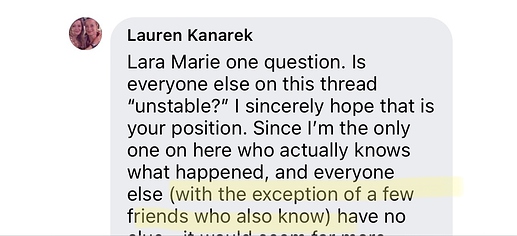I chose my screen name when I created an account about a year ago, so you should not rely on the screen name as an accurate reflection of whether I currently board or lease a horse.
I have not been in training with BNTs or boarded in Wellington, although I’m aware that Wellington is probably the most expensive area in the US.
There are two different questions that you (g) are conflating.
Here are the questions, with answers:
- Is $5,000 month tor board and training with a BNT for two horses plus living accommodations a good deal or a “below market” rate? Yes
It follows that $5,000 a month is an even better deal or even more below the market rate if there are more horses than two.
2, If you are not replacing the existing client with another client paying $5,000 or more per month but are considering ending the relationship with that client and not replacing them, does keeping the existing client at the below market rate improve or worsen your monthly cash flow situation?
It depends. If the $5,000 a month exceeds the marginal costs incurred by those horses, it improves the monthly cash flow. If the $5,000 is less than the marginal cost incurred by those horses, it worsens the monthly cash flow. I am using the term “marginal cost” in the standard business or economics terminology. By “marginal cost” I do not mean “trifling or insignificant cost”.
If the answers to these questions are
- yes
- keeping LK as a client worsens the monthly cash flow
then it is really, really difficult to understand why MB offered LK the initial deal of $5,000 for full training and board for two horses in April 2019.
The 48 Hours interviewer asked MB about LKs deal, and I interpret his response as 1. yes and 2. on a marginal cost basis, monthly cash flow was improved (“I had bills to pay”).
I’m assuming here that MB understood the economic concept that profits increase whenever marginal revenue exceeds marginal cost.



